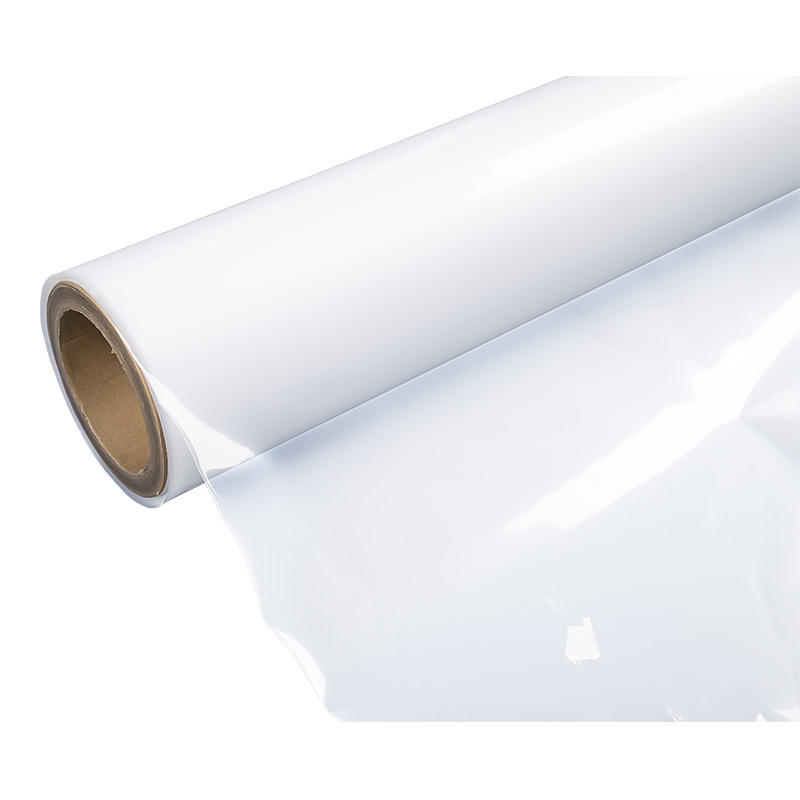1. The importance of high-quality raw materials
Ensuring food safety:
As a food packaging material, the safety of Frozen Packaging Film is of vital importance. High-quality raw materials do not contain harmful substances, such as heavy metals, plasticizers, bisphenol A (BPA), etc., which can prevent these substances from migrating into food, thereby protecting the health of consumers.
Improving product performance:
High-quality raw materials have excellent physical properties and chemical stability, such as good tensile strength, tear strength, heat sealing performance and barrier properties. These properties are essential for maintaining the integrity of food, preventing oxidation and deterioration, and extending the shelf life.
Enhancing product competitiveness:
Customized frozen packaging films produced using high-quality raw materials have excellent performance in appearance, touch, durability, etc., which can meet the diverse needs of customers and enhance the market competitiveness of products.
2. Principles for selecting high-quality raw materials
Compliance principle:
Ensure that the selected raw materials comply with domestic and foreign laws, regulations and standards for food packaging materials, such as China's GB standard and the United States' FDA 21 CFR.
Safety principle:
Prioritize the selection of certified, non-toxic, harmless and environmentally friendly raw materials to ensure that the product will not cause pollution to food or harm human health during use.
Applicability principle:
Select raw materials with specific properties, such as low temperature resistance, puncture resistance, high barrier, etc., according to the application requirements of the product and customer requirements.
Economic principle:
Consider the cost-effectiveness of raw materials and select cost-effective materials under the premise of ensuring quality and safety.
3. Methods for selecting high-quality raw materials
Supplier evaluation and selection:
Conduct strict qualification review and on-site inspection of potential suppliers to understand their production capacity, quality management system, raw material sources and other information.
Select suppliers with good reputation, stable quality supply capacity and technical support capabilities.
Raw material testing and verification:
Conduct strict quality inspection and performance testing of purchased raw materials, including tests on appearance, physical properties, chemical properties, etc.
Ensure that the raw materials meet the established quality standards and food safety requirements.
Sample trial production and evaluation:
Use the selected raw materials for sample trial production to evaluate the performance of the product, such as tensile strength, tear strength, heat sealing performance, etc.
Adjust and optimize raw materials according to sample evaluation results to ensure that the final product meets customer needs.
Continuous monitoring and improvement:
Regularly review and evaluate suppliers to ensure that they continue to provide high-quality raw materials.
Continuously adjust and optimize raw material selection strategies based on market feedback and customer needs.
4. Challenges and solutions
Raw material price fluctuations:
Raw material prices are affected by various factors such as market supply and demand, international situation, etc., and fluctuate greatly.
Solution: Establish a stable raw material supply chain, sign long-term cooperation agreements with suppliers, lock in prices; actively seek alternative raw materials to reduce dependence on a single raw material.
Unstable raw material quality:
Raw material quality is affected by production batches, production processes and other factors, and may fluctuate.
Solution: Strengthen supervision and audit of suppliers to ensure the effectiveness of their quality management system; conduct strict quality inspection and performance testing of purchased raw materials to ensure stable quality.
Environmental protection and sustainable development pressure:
With the increase of environmental awareness, the requirements for the environmental performance of food packaging materials are getting higher and higher.
Solution: Actively seek and adopt environmentally friendly raw materials such as degradable and bio-based to reduce pollution to the environment; strengthen the recycling and disposal of waste packaging films to achieve resource recycling.

 +86 139-6715-0258
+86 139-6715-0258 
 Monday to Friday 8 am. to 6 pm.
Monday to Friday 8 am. to 6 pm. 
 English
English 中文简体
中文简体






